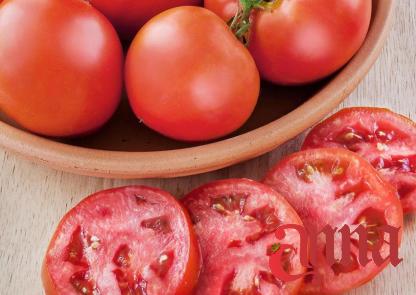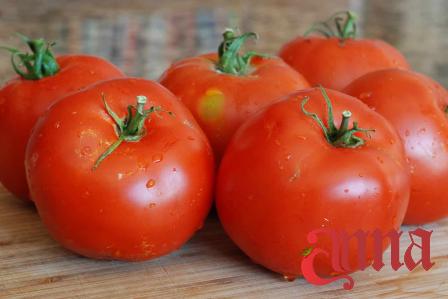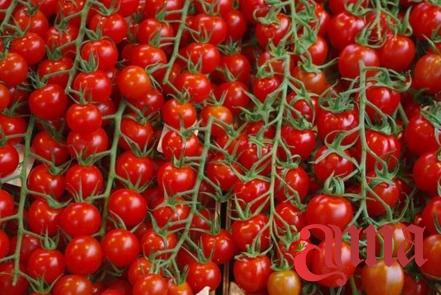Tomato paste is a staple in many kitchens worldwide, renowned for its rich flavor and versatile applications. While commercially produced tomato paste dominates the market, there is a growing interest in traditional, handmade varieties. In this article, we will explore the specifications that define high-quality handmade tomato paste, ensuring customers receive a product that is authentic, flavorful, and made with care. 1. Ingredients: Handmade tomato paste is crafted using a simple and carefully selected list of ingredients. The primary ingredient is ripe tomatoes, typically chosen for their superior taste and natural sweetness.

.
 The absence of additives, preservatives, and artificial flavorings further distinguishes handmade tomato paste, providing a wholesome and genuine product for discerning consumers. 2. Tomato Selection and Preparation: To achieve the desired taste and consistency, specific tomato varieties are crucial. Heirloom tomatoes are often preferred due to their robust flavor profiles and meaty texture. Handmade tomato paste makers meticulously select and process these tomatoes at peak ripeness to capture and amplify their natural flavors. The tomatoes are washed, peeled, and deseeded to ensure a smooth and velvety texture while removing any bitterness.
The absence of additives, preservatives, and artificial flavorings further distinguishes handmade tomato paste, providing a wholesome and genuine product for discerning consumers. 2. Tomato Selection and Preparation: To achieve the desired taste and consistency, specific tomato varieties are crucial. Heirloom tomatoes are often preferred due to their robust flavor profiles and meaty texture. Handmade tomato paste makers meticulously select and process these tomatoes at peak ripeness to capture and amplify their natural flavors. The tomatoes are washed, peeled, and deseeded to ensure a smooth and velvety texture while removing any bitterness.
..
 3. Cooking Process: The essence of handmade tomato paste lies in its slow cooking process. This method involves simmering the prepared tomatoes at a low temperature for an extended period. This slow and gentle cooking allows the flavors to concentrate, achieving a vibrant, well-rounded taste. This process also intensifies the natural color of the tomato paste, giving it a deep red hue. 4. Packaging and Preservation: Packaging plays a crucial role in preserving the freshness and quality of handmade tomato paste. Glass containers are preferred over plastic as they prevent any interaction between the paste and the packaging material. Additionally, a vacuum-sealed cap ensures the product remains airtight, preserving its flavors and preventing spoilage.
3. Cooking Process: The essence of handmade tomato paste lies in its slow cooking process. This method involves simmering the prepared tomatoes at a low temperature for an extended period. This slow and gentle cooking allows the flavors to concentrate, achieving a vibrant, well-rounded taste. This process also intensifies the natural color of the tomato paste, giving it a deep red hue. 4. Packaging and Preservation: Packaging plays a crucial role in preserving the freshness and quality of handmade tomato paste. Glass containers are preferred over plastic as they prevent any interaction between the paste and the packaging material. Additionally, a vacuum-sealed cap ensures the product remains airtight, preserving its flavors and preventing spoilage.
…
 5. Storage and Shelf Life: Handmade tomato paste should be stored in a cool, dark place, away from direct sunlight and excessive heat. This helps maintain the product’s quality and extends its shelf life. While commercially produced tomato paste often has a long shelf life due to preservatives, handmade tomato paste typically has a shorter shelf life due to its pure, natural ingredients. However, this shorter shelf life is a testament to its authenticity and lack of artificial additives. Conclusion: Handmade tomato paste is a delicacy crafted with passion and attention to detail, offering consumers a unique and authentic alternative to commercially produced options. By adhering to the specifications outlined above, producers can ensure that their handmade tomato paste stands out in terms of quality, taste, and adherence to traditional techniques. As more consumers seek out wholesome and genuine products, handmade tomato paste continues to carve its niche as a premium and artisanal addition to any kitchen.
5. Storage and Shelf Life: Handmade tomato paste should be stored in a cool, dark place, away from direct sunlight and excessive heat. This helps maintain the product’s quality and extends its shelf life. While commercially produced tomato paste often has a long shelf life due to preservatives, handmade tomato paste typically has a shorter shelf life due to its pure, natural ingredients. However, this shorter shelf life is a testament to its authenticity and lack of artificial additives. Conclusion: Handmade tomato paste is a delicacy crafted with passion and attention to detail, offering consumers a unique and authentic alternative to commercially produced options. By adhering to the specifications outlined above, producers can ensure that their handmade tomato paste stands out in terms of quality, taste, and adherence to traditional techniques. As more consumers seek out wholesome and genuine products, handmade tomato paste continues to carve its niche as a premium and artisanal addition to any kitchen.











Your comment submitted.